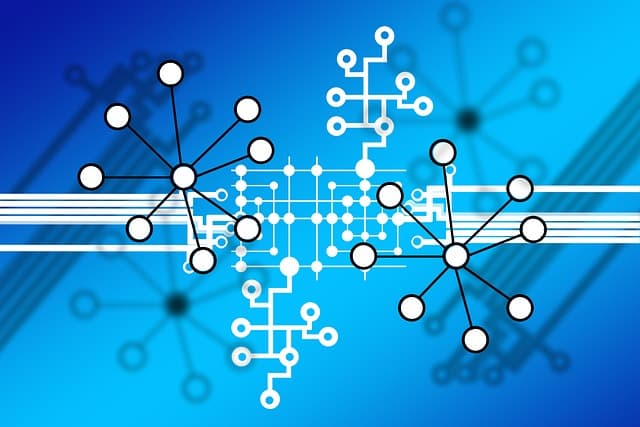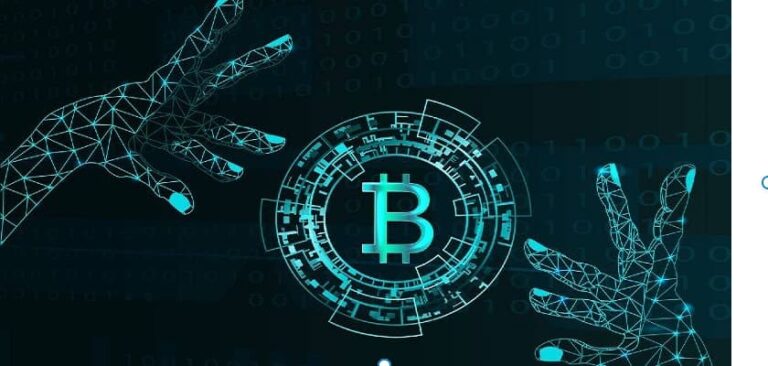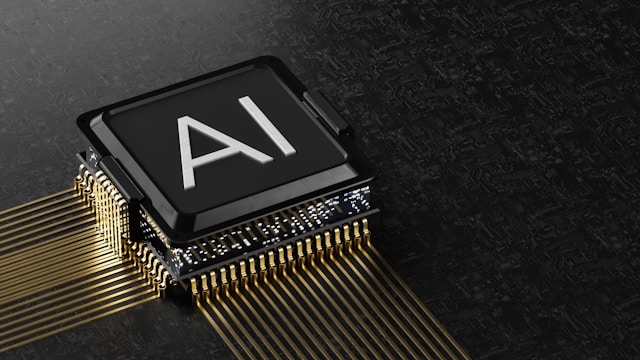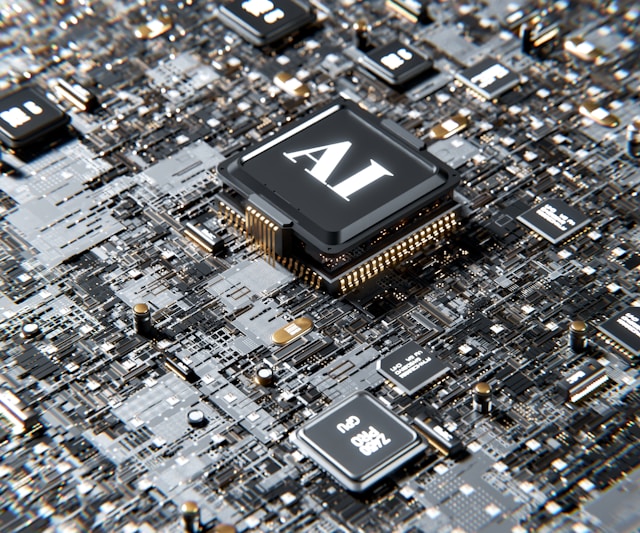Blockchain is a distributed database that stores information in blocks linked together using cryptographic methods. Each block contains transaction data and other important information. The blocks are chained together to form a continuous and immutable record of all transactions. This technology provides a high level of security and transparency, making it popular in various fields such as finance, logistics, and even healthcare.
Blocks are the basic building blocks of blockchain. They provide security, transparency and immutability of data. Understanding the structure of the blockchain will help you better understand how blockchain works and why it is considered a trusted technology. It is important to note that blockchain is not limited to cryptocurrencies; it can be used to store any data that requires a high degree of security and immutability.
The main components of a block
Each block in the blockchain consists of several key components that ensure its functionality and security. These components play an important role in ensuring the integrity and reliability of the entire system.
Block Header
The block header contains metadata about the block and includes the following elements:
- A hash of the previous block: A reference to the previous block in the chain. This ensures the integrity and consistency of the blocks. If someone tries to change the data in the previous block, the hash will change and the chain will be broken;
- Merkle Root: A hash of all transactions in a block. This allows for fast and efficient data integrity checking. The Merkle Root is created by hashing pairs of transactions until a single hash representing all transactions in the block remains;
- Timestamp: The time at which the block was created. This helps to organize blocks by time and prevents replay attacks;
- Difficulty: A parameter that specifies the difficulty of the task that must be accomplished to create a new block. Difficulty is adjusted automatically to keep block creation time stable;
- Nonce: A number that miners modify to find the correct block hash. Nonce is used during the mining process to find a hash that meets the complexity requirements.
Block Body
The block body contains transaction data:
Transactions: A list of all transactions included in the block. Each transaction contains information about the transfer of digital assets between network participants. Transactions can include different types of data such as sending cryptocurrency, executing smart contracts, and other transactions.
Blockchain creation and verification process
Blockchain creation and verification involves several steps, each of which plays an important role in ensuring the security and integrity of the blockchain.
Block creation
- Transaction Collection: Miners collect transactions from a mempool (pool of unconfirmed transactions). A mempool is a temporary repository for transactions waiting to be included in a block;
- Block Formation: Miners form a block that includes a header and a block body. The header contains the metadata and the body contains the list of transactions;
- Problem solving: The miners try to find the correct hash of the block by modifying the nonce. This requires significant computational resources. The process of finding the correct hash is called mining and requires significant computing power.
Block verification
Hash verification: The nodes in the network check whether the hash of a block meets the specified complexity requirements. If the hash does not meet the requirements, the block is rejected.
Transaction Verification: Nodes verify that all transactions in the block are valid and free of double-spending. This includes verifying signatures and account balances.
Adding a block to the blockchain: If the block passes all checks, it is added to the blockchain and nodes update their copies of the blockchain. This ensures that everyone in the network is synchronized and prevents double spending.
Conclusion
Understanding the structure of the blockchain is the first step to a deeper understanding of blockchain technology. By examining the basic components of a block, the process of blockchain creation and verification, and examples of blocks in different blockchains, you can better understand how this innovative technology works. Blockchain has the potential to change many areas of our lives, from finance to healthcare to logistics.




